Standing tall and majestic in the heart of Bhubaneswar, the Lingaraj Temple is a living testament to the rich spiritual and architectural legacy of Odisha, India. With its towering spire, intricate carvings, and profound religious significance, the Lingaraj Temple has beckoned pilgrims, scholars, and travelers for centuries. Join us on a journey of exploration as we delve into the captivating story of the Lingaraj Temple.
The Lingaraj Temple's history dates back over a thousand years, to the 11th century during the rule of the Somavamshi dynasty. Dedicated to Lord Shiva, the temple is a masterpiece of Kalinga architecture, characterized by its towering vimana (spire) and the harmonious blend of various architectural styles. The temple's name, "Lingaraj," translates to "the King of Lingas," signifying its dedication to Lord Shiva's representation as a lingam, a sacred symbol of the divine.
The Lingaraj Temple's architecture is a synthesis of different styles, reflecting the cultural tapestry of Odisha. The temple complex encompasses several structures, including the main sanctum, the natamandira (dancing hall), and various subsidiary shrines. The towering vimana is adorned with intricate carvings that depict celestial beings, mythological narratives, and scenes from daily life. The temple's Kalinga style, characterized by its pyramid-like spire and sculptural intricacies, showcases the artistic brilliance of its creators.
The Lingaraj Temple's exterior walls are adorned with an array of captivating sculptures that narrate tales from Hindu mythology, including scenes from the Mahabharata and Ramayana. These carvings are not just artistic embellishments; they serve as visual narratives that transport visitors into the realms of gods, goddesses, and epic heroes. The sculptures stand as testaments to the devotion, craftsmanship, and storytelling prowess of the artisans of that era.
The Lingaraj Temple is a place of deep spiritual significance for Hindus, drawing thousands of devotees and pilgrims every year. The presiding deity, Lord Lingaraj, is a manifestation of Lord Shiva, and the temple's rituals and festivities are an integral part of Odisha's cultural fabric. The annual Rukuna Rath Yatra, a grand chariot festival, is a major highlight, attracting devotees from all walks of life.
The temple's daily rituals offer visitors a chance to witness the deep devotion and ancient practices that have been upheld for generations.
The rhythmic chants, the fragrance of incense, and the sight of devotees offering prayers at the sanctum create an atmosphere of profound spirituality. The Lingaraj Temple invites all who enter to experience a sense of oneness with the divine.
The Lingaraj Temple's preservation and maintenance fall under the purview of the Archaeological Survey of India (ASI). This commitment to conservation ensures that future generations can continue to marvel at the temple's grandeur and connect with the spiritual heritage it embodies.
The Lingaraj Temple stands as a beacon of spiritual devotion, architectural brilliance, and cultural heritage.
Related Blogposts :







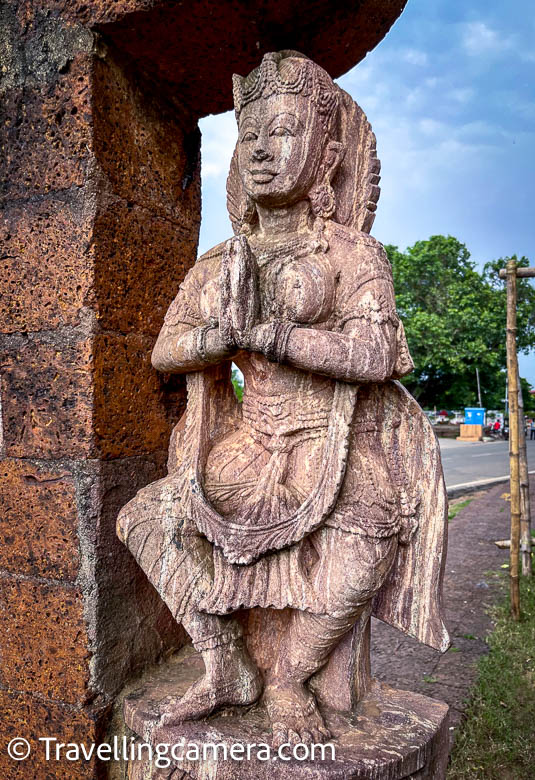
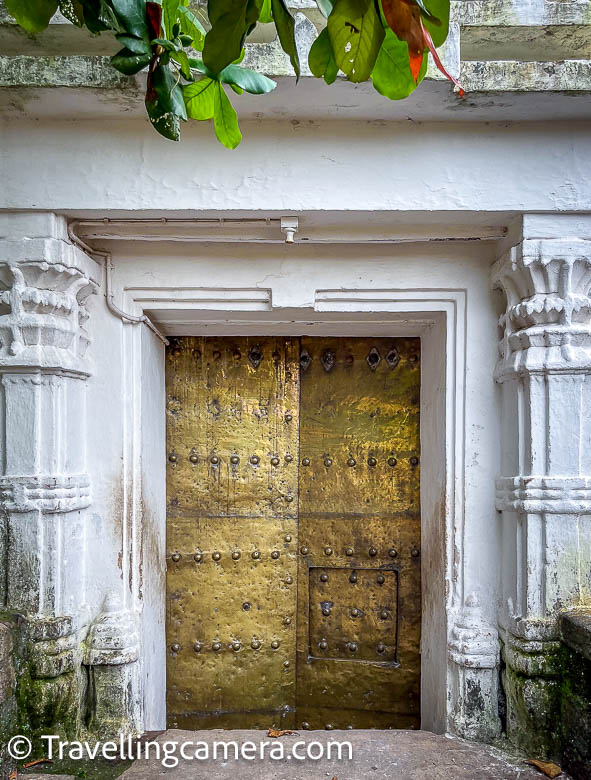

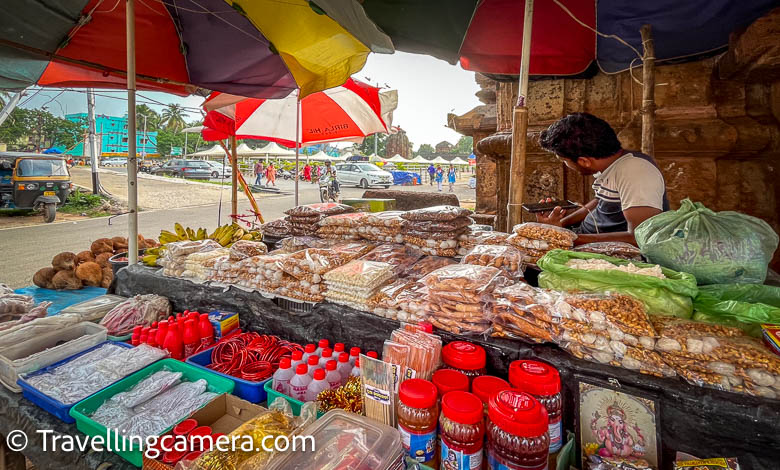


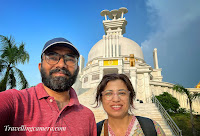
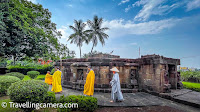



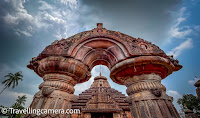




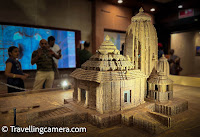









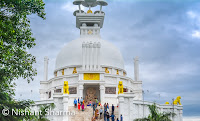




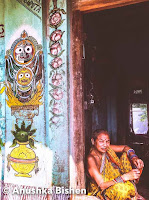

.jpg)
Comments